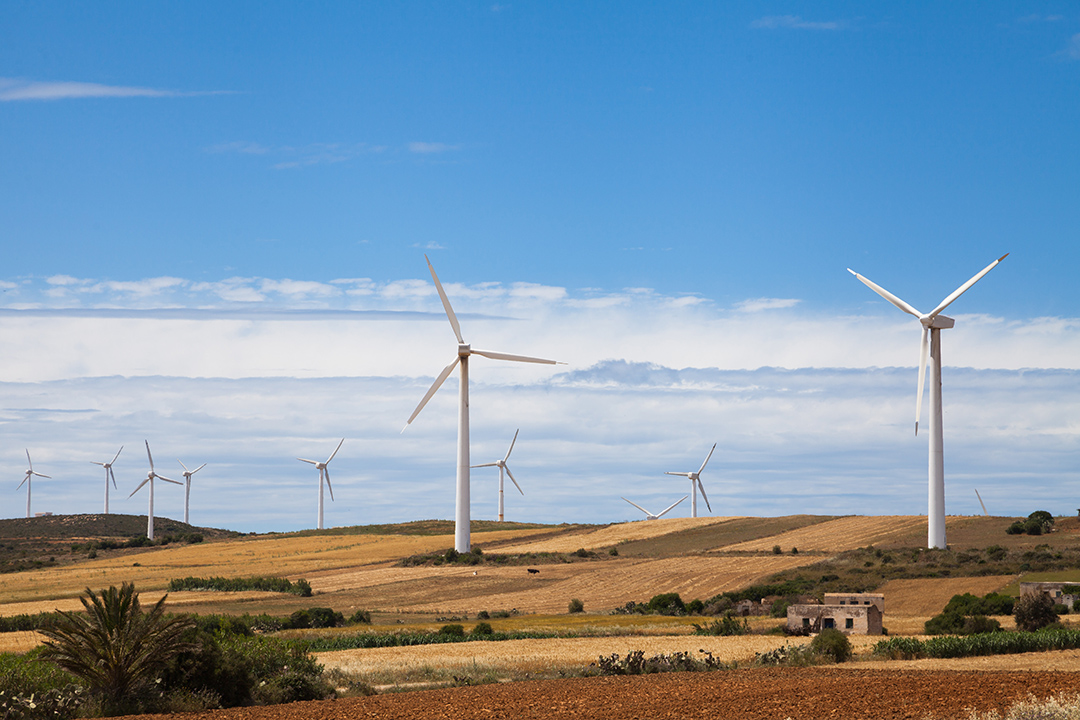By Adedeji Adeniran, Chukwuka Onyekwena, Sone Osakwe, and Chimere Iheonu
As the world races to meet the Sustainable Development Goals (SDGs) come 2030, there is an increasing awareness of the value of initiatives that are already in progress. For the African continent, one such strategy is to use regional trade integration to strengthen the energy sector and existing power pools, and improve utilisation of the region’s abundant renewable energy resources to meet the vast demand.
Ensuring access to clean, affordable and efficient energy remains at the core of SDG 7, and for good reason. African countries still suffer from huge deficits in energy generation and distribution, resulting in unreliable power networks, frequent power outages, and expensive tariffs. The proportion of citizens with access to electricity remains abysmal, much lower than the global average.
In a bid to improve efficiencies through interconnectivity and reduce the challenges at national levels, sub-regional power pooling initiatives have become popular in Africa. The idea behind creating power pools is to encourage cooperation among countries, through linking excess capacity in countries where power is produced more economically, with excess demand in other countries that can benefit from cheaper imports.
While power pooling has had some success in the region, it has not reached its potential in solving Africa’s energy problems. To resolve some of its limitations, we argue that the recently adopted African Continental Free Trade Agreement (AfCFTA) can play a major role.
Shortcomings of Existing Power Pools
Power pools in the region have been hampered by weak infrastructure and network grids, as well as several other factors. Here are four:
- Insufficient investment in infrastructure: Due to budgetary constraints, the countries that participate in sub-regional pools have not been able to mobilise sufficient funds to finance infrastructure projects. Private sector capital has also not been fully harnessed because of delays in trade liberalisation policies and unconducive business environments that create investment risks.
- Poor regulatory and institutional space: Africa’s existing power pools are not supported by well-defined, consistent, and predictable energy policies and institutions. Regulatory focus is often targeted at short-term goals rather than long-term development. Also, sub-regional energy institutions are not sufficiently empowered, and lack the right structures to effectively harmonise and implement/enforce development strategies or reforms.
- Mistrust: Governments have shown a great deal of reluctance to support power pools because of a fear of losing national sovereignty. Such fears are also driven by divergent individual country interests and a lack of operational transparency on the part of the power pools.
- Political economy: In many member states, government-owned enterprises are the major energy providers, and are often forced to supply power at subsidised rates that do not reflect actual high production costs. This practice of using subsidies to make energy seem more affordable is not sustainable, and does not encourage innovation to make production and distribution more efficient. Such arrangements further make the market rather complex, and deter private-sector involvement.
AfCFTA’s Prospects in Stimulating Integration of Africa’s Energy Systems
A single liberalized regional energy market could mitigate some of the shortcomings outlined above, thus improving the prospects of regional power pooling. Potential benefits include:
- Investment opportunities: An expansive energy market is expected to attract private sector investments and development financing. This could allow for funding new technologies to reduce production costs, increase capacity, and maximize energy generation, which in turn can improve access to diverse energy products. Increased intra-African trade can also generally act as a catalyst for innovative finance options, strengthen financial systems to be able to support energy development projects, and incentivise investment in physical energy infrastructure by reducing investment risks. Further, once investment increases and capital is available, governments can then deploy more funds for physical infrastructure to upgrade outdated national grids.
- Coordinated policy approach and implementation: Under the AfCFTA, member countries are obligated to align local laws with broad regional plans. As such, unified energy sector interventions and better coordination of reform agenda could promote several initiatives, including a more sustainable and environmentally-friendly energy route for growth. Trade competition could further spur member states to adopt better national policies to improve efficiencies.
- Engendering trust among member states: The AfCFTA mandates members to publish trade related regulations and procedures; this provides greater transparency. The provision of a dispute resolution framework further helps ease the fears of smaller economies, on the assumption that an inclusive and transparent framework would be prioritised under the AfCFTA to ensure that the interests of different energy stakeholders in the region are adequately aligned.
While effective regional collaboration can help boost energy production and support a more efficient distribution mechanism, it is imperative that the observations from existing sub-regional energy collaborations are incorporated as lessons, and improved upon to increase the chances of meeting the targets set out in SDG 7.
The authors of this guest article are: Adedeji Adeniran, Director of Research at the The Centre for the Study of the Economies of Africa; Chukwuka Onyekwena, Executive Director of the Centre; Sone Osakwe, Research Fellow at the Centre; and Chimere Iheonu, Research Associate at the Centre.
The paper on which this article is based was published here in March 2021.
